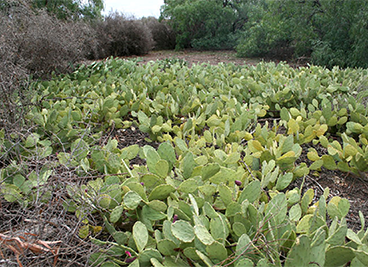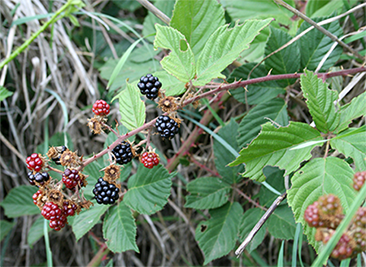Authors: Bertie Hennecke, Lucy Arrowsmith and José ten Have


Effective biological control is an important component of weed control in Australia and significant investment has been made in the selection process of biocontrol agents and the identification of priority weeds for biocontrol. However, there is no nationally agreed system that facilitates prioritisation of weed targets for biological control.
Prioritising Targets for Biological Control of Weeds - a Decision Support Tool for Policy Makers outlines a framework for prioritising weed targets for biological control and includes a decision support tool that enables policy makers to determine whether biological control is a suitable option for a proposed target species.
Key factors considered in the framework include the importance rating of a weed, the feasibility of biocontrol, the likelihood of its success, and whether other factors such as social, political or economic considerations could potentially rule out a biological control option even if it were technically feasible.
The report is a result of a workshop with participation of experts within the biocontrol and weed science field, state representatives and other relevant stakeholders. This work has been an important step towards the development of a nationally agreed prioritisation process for biological control targets.
